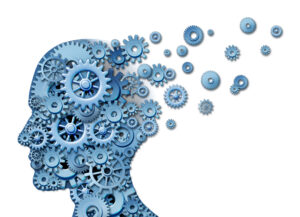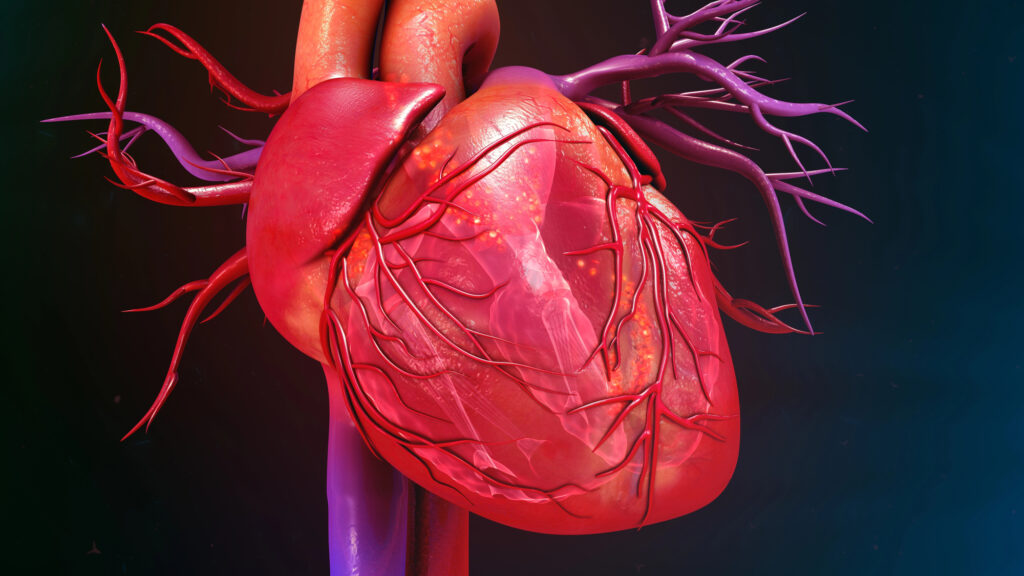This study, by Paula Kristian, DAOM and published in Integrative Medicine, A Clinician’s Journal, 
Serum analysis evaluations confirm pathologies such as diabetes, inflammation of the liver, kidney filtration capability, and more. From a Chinese medicine perspective, the same pathologies are termed Kidney yin (肾 阴) and Spleen qi (脾气) deficiencies; Liver yin (肝 脏 阴), qi (气), or Blood (血) presentations; and Kidney qi (肾 气), yin (阴), or yang (阳) pathologies, respectively. (Capitalization of organs indicates Chinese medicine organ system rather than a literal organ designation.)
However, if blood chemistry numbers are evaluated from a functional approach—which examines slightly narrowed or broadened ranges of numbers and relations therein—a future pathology prognosis might be made as to the course that metabolism (healthy or pathological) is taking in the body. This correlates with CM’s ability to predict future pathology—such as qi, Blood, yin, yang, or essence (本 质) imbalances—through 2 major diagnostic techniques: objective assessment of bilateral radial pulses and evaluation of the tongue. Confirmation of these correlations between functional allopathic and CM diagnostics are demonstrated by shared clinical signs and symptoms in 7-pattern comparisons. This paper examines 1 pattern only.
What you will learn from this study:
- It is this study’s intention to demonstrate in one pattern (though seven patterns are mentioned) that serum analysis from a functional perspective—and objective assessment of the bilateral radial pulses plus evaluation of the tongue—have parallel correlations, confirmed by shared clinical signs and symptoms as well as history.
- Equivalence Between Functional Medicine and Chinese Medicine Diagnostic Techniques
- Overview of Pattern 7 Presentation From a CM and Allopathic Perspective. Pattern 7 in CM is defined by Wind-Damp; interior Wind; Fire; Damp/Phlegm; Heat; deficient interior Cold; Heat toxins and in allopathic medicine as Chronic subclinical inflammation.
- Clinical narrative of pattern 7 to reduce chronic inflammation without negatively affecting other organs or systems.
- Brief case study of a 66-year old patient.
- Discussion on taking the best treatment options from integrative medicine to include diagnostics and treatments of time-honored disciplines to address patient population needs.
To gain access to this article and the rest of our extensive database of full-text articles, please register below or log in here.








